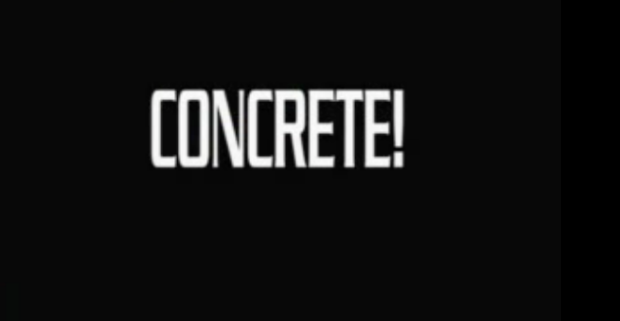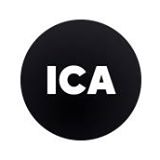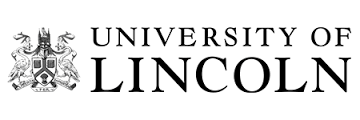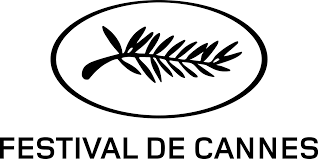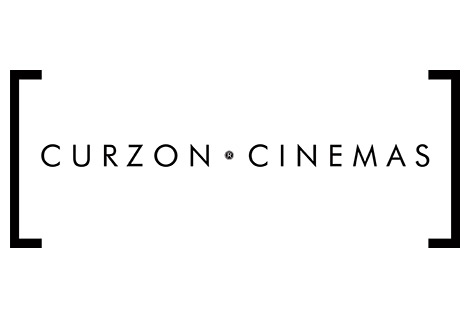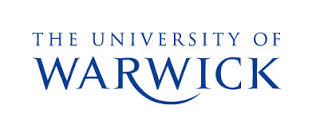CONCRETE! The Sackner Archive of Visual and Concrete Poetry (documentary)
When in Miami earlier in the year, I was delighted to receive an invitation from Ruth and Marvin Sackner to view The Sackner Archive of Visual and Concrete Poetry at their apartment. This is the world’s largest private collection of visual and concrete poetry and the collection contains 60,000 items celebrating Italian Futurism, Russian and Eastern European Avant Garde, Dada, Surrealism, Bauhaus, De Stijl, Ultra, Tabu-Dada, Lettrisme, and Ultra-Lettrisme.
Many thanks to Ruth and Marvin for enabling me see their incredible collection.
Below is a 75 minute documentary film called CONCRETE! made about the Sackner Archive by their daughter Sara Sackner, featuring art by Guillaume Apollinaire, Allen Ginsberg, Roy Lichtenstein, Matta, Bob Cobbing, Tom Phillips, Katharina Eckhart, Gertrude Stein, Ben Vautier and more, and with music by Terry Riley, Arnold Dreyblatt and more.
Further information about the Sackner collection is below.
Copy taken from Ubuweb:
Ruth and Marvin Sackner founded the Archive in Miami Beach, Florida in 1979. Its initial mission was to establish a collection of books, critical texts, periodicals, ephemera, prints, drawings, collages, paintings, sculptures, objects, manuscripts, and correspondence dealing with precedent and contemporary, internationally produced, concrete and visual poetry. The antecedent material had at its starting point, Stephane Mallarme ‘s poem, “Un Coup de Des” (Cosmopolis, 1897).
The historic examples included works with concrete/visual poetic sensibilities from such twentieth century art movements as Italian Futurism, Russian and Eastern European Avant Garde, Dada, Surrealism, Bauhaus, De Stijl, Ultra, Tabu-Dada, Lettrisme, and Ultra-Lettrisme. The initiators of the contemporary, international, concrete poetic movement included Oyvind Fahlstrom (1953), Eugen Gomringer (1953) and the Noigandres Group, i.e., Augusto De Campos, Haroldo De Campos, and Decio Pignatari (1955).
The Sackners collected their works as well as those of subsequent poets and over the years expanded the scope of the Archive to include unique or small edition artist’s books that integrated text and image or consisted of experimental typography. They added examples of typewriter art and poetry, experimental calligraphy, correspondence art, stamp art, sound poetry, performance poetry, micrography, assembling periodicals, ‘zines,’ and graphic design as well as conventional poetry and prose written by concrete/visual poets and artists in the collection.
Further, they collected experimental typographic, text and image works from such contemporary art movements as Fluxus, Transfuturism, and Inism. They included experimental fictional and non-fictional books with uniquely designed layouts such as Raymond Federman’s “Double or Nothing,” Alasdair Gray’s “1982 Janine,” B.E. Johnson’s “House Mother Normal: A Geriatric Comedy,” Avital Ronell’s “The Telephone Book,” and Mark Z. Danielewski’s “House of Leaves.”
Pre-twentieth century examples of pattern poetry were added to the Archive such as Rabanus Maurus’ “Liber de Laudibus Sanctae Crucis” (1503) and Publili Optatiani Porfyrii’s ” Panegyricus Dictus Constantino Augusto ” (1595).
The Sackners collected manuscripts, sketchbooks and letters written by poets and artists including Ian Hamilton Finlay, Bob Cobbing, Dom Sylvester Houedard, Tom Phillips, William Jay Smith, Jean-Francois Bory, Jake Berry, and F.A. Nettelbeck among others. The Archive evolved into a word/image poetic and artistic resource rather than a restricted collection of concrete and visual poetry.

